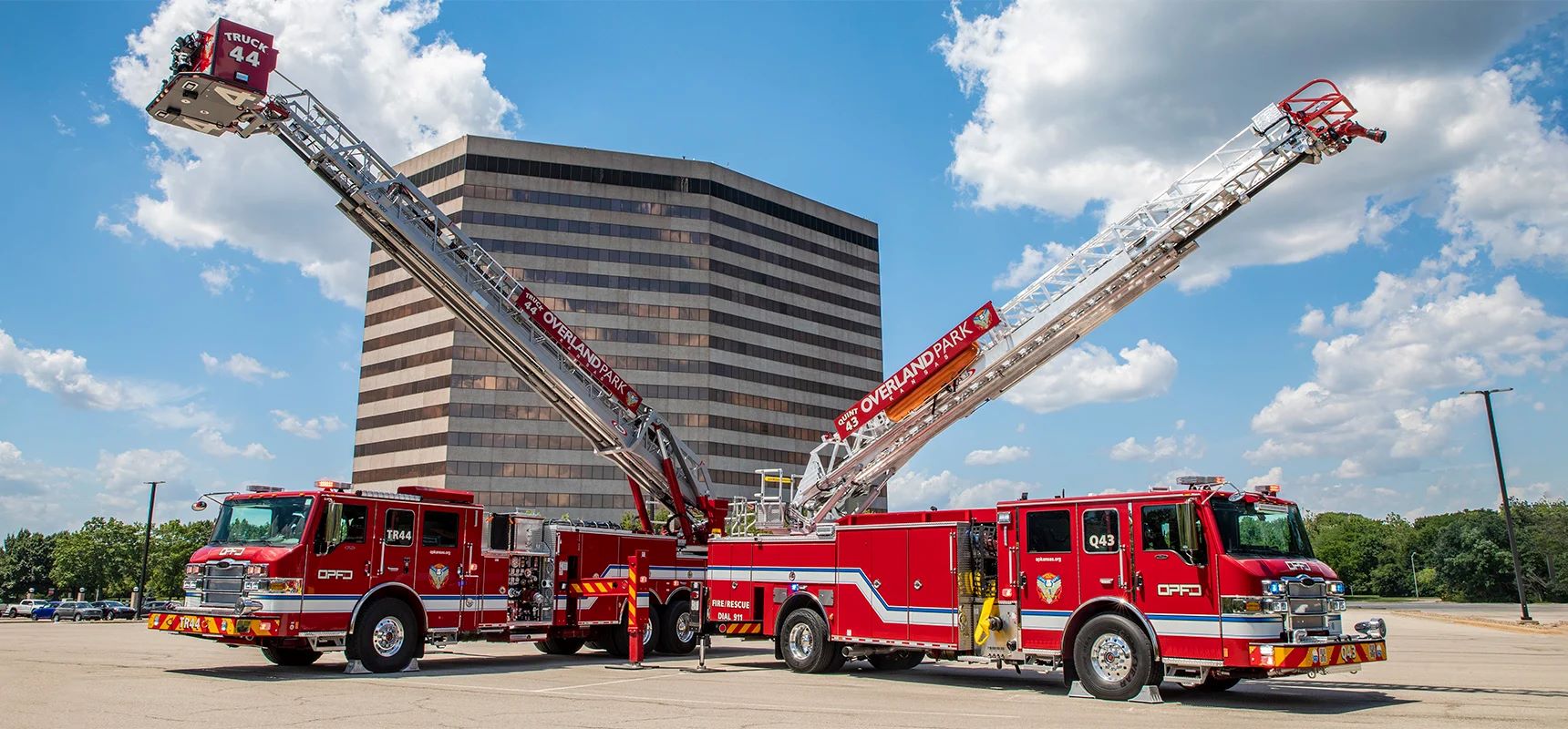

Articles
How High Can A Fire Truck Ladder Reach
Modified: October 22, 2024
Learn about the impressive reach of fire truck ladders in this informative article. Discover how high they can extend and the crucial role they play in firefighting operations.
(Many of the links in this article redirect to a specific reviewed product. Your purchase of these products through affiliate links helps to generate commission for Storables.com, at no extra cost. Learn more)
Introduction
Fire trucks are an integral part of any firefighting operation. Equipped with various tools and equipment, they play a crucial role in extinguishing fires and saving lives. One of the most important features of a fire truck is its ladder, which allows firefighters to access elevated areas and rescue people trapped in high locations.
In this article, we will explore the capabilities of fire truck ladders and discuss how high they can reach. Understanding the reach of these ladders is essential in determining their effectiveness in different firefighting scenarios.
Let’s dive in and uncover the fascinating world of fire truck ladders.
Key Takeaways:
- Fire truck ladders, including ground and aerial types, can reach heights of up to 100 feet or more, enabling firefighters to perform critical tasks such as rescue operations, ventilation, and strategic firefighting maneuvers.
- Prioritizing safety considerations, proper training, and ongoing risk assessment are essential for firefighters to effectively utilize high-reach ladders while minimizing the risk of accidents or injuries.
Read more: How Much Does A Ladder Fire Truck Weigh
Overview of Fire Truck Ladders
Fire truck ladders come in various shapes and sizes, depending on the type of truck and its intended use. They are typically made from durable materials like aluminum or steel to ensure stability and resilience in firefighting operations.
There are two main types of ladders commonly found on fire trucks:
- Ground Ladders: These ladders are manually deployed and positioned by firefighters on the ground. They are extendable and can be raised to reach heights ranging from 10 to 45 feet. Ground ladders are versatile tools that provide access to upper-level windows, rooftops, and balconies.
- Aerial Ladders: Aerial ladders are mounted on the truck itself and can be extended to great heights. These ladders are typically found on aerial ladder trucks or ladder platforms. They can reach astonishing heights of 100 feet or more, providing an elevated platform for firefighters to access and rescue individuals from high-rise buildings.
In addition to their reach, fire truck ladders are equipped with rungs or steps to facilitate safe climbing. These rungs may be made of materials such as fiberglass or aluminum and are designed to provide grip and stability, even in challenging conditions.
It is essential for firefighters to have a thorough understanding of ladder operations and safety protocols. They undergo extensive training to ensure they can safely and effectively utilize fire truck ladders in emergency situations.
Now that we have an overview of fire truck ladders, let’s explore the various factors that can affect their reach.
Factors Affecting Ladder Reach
Several factors can influence the reach of fire truck ladders. Understanding these factors is crucial for firefighters to assess the suitability of a ladder in a specific firefighting scenario. Let’s take a closer look at these factors:
- Ladder Type: As mentioned earlier, the type of ladder plays a significant role in determining its reach. Ground ladders typically have a maximum reach of around 45 feet, while aerial ladders can extend to heights of 100 feet or more.
- Ladder Length: The length of the ladder itself is another critical factor. Longer ladders naturally have a higher reach, allowing firefighters to access taller structures.
- Angle of Deployment: The angle at which the ladder is deployed can affect its effective reach. Firefighters carefully position the ladder to ensure it is at the optimal angle for maximum reach and stability.
- Weight-Bearing Capacity: The weight-bearing capacity of the ladder is essential to ensure the safety of both firefighters and those they are rescuing. Ladders are designed to support specific loads, and exceeding the capacity can compromise their stability and reach.
- Environmental Conditions: Weather conditions such as strong winds or rain can impact the stability and reach of fire truck ladders. Firefighters must assess these conditions to determine the appropriate use of ladders in firefighting operations.
- Obstacles and Obstructions: The presence of obstacles or obstructions near the building can limit the reach of a ladder. Trees, power lines, or other structures may hinder the ladder’s deployment and effectiveness.
It’s important for firefighters to evaluate these factors and make informed decisions when choosing the appropriate ladder for a specific situation. Now, let’s explore the maximum reach of fire truck ladders.
Maximum Reach of Fire Truck Ladders
The maximum reach of fire truck ladders depends on various factors, including the type of ladder and the specific truck model. As mentioned earlier, ground ladders typically have a maximum reach of around 45 feet, while aerial ladders can extend to heights of 100 feet or more.
Ground ladders are manually deployed and can be raised to different heights based on the needs of the firefighting operation. They are versatile tools that provide access to upper-level windows, rooftops, and balconies. The specific length of the ladder will determine its maximum reach. Common lengths for ground ladders include 12 feet, 24 feet, and 35 feet.
Aerial ladders, on the other hand, are mounted on the fire truck itself and offer significantly greater reach. These ladders can be extended horizontally and vertically to reach high-rise buildings or other elevated structures. The maximum reach of an aerial ladder can range from 100 feet to over 135 feet, depending on the make and model of the fire truck.
It’s important to note that the maximum reach of fire truck ladders is measured from the base of the ladder to the point where it touches a building or structure. This distance is critical in determining whether the ladder can provide safe and effective access to the desired location.
Firefighters must carefully assess the height and position of the building, as well as any potential obstacles or obstructions that may affect the ladder’s reach. By doing so, they can ensure the ladder is deployed at the optimal angle and height to achieve the maximum reach and safely perform their firefighting and rescue duties.
Now that we have explored the maximum reach of fire truck ladders, let’s discuss the importance of ladder reach in firefighting operations.
When considering the height a fire truck ladder can reach, it’s important to remember that the typical maximum height for a fire truck ladder is around 100 feet. This can vary depending on the specific model and make of the fire truck, so it’s always best to check with the manufacturer for exact specifications.
Importance of Ladder Reach in Firefighting
The reach of fire truck ladders plays a vital role in the effectiveness of firefighting operations. It allows firefighters to access elevated areas, rescue trapped individuals, and perform essential tasks to extinguish fires. Here are some key reasons why ladder reach is critical in firefighting:
1. Rescue Operations: Firefighters often encounter situations where people are trapped on upper floors or rooftops during fires. The ability to reach these individuals quickly and safely is crucial for successful rescue operations. Fire truck ladders provide a means for firefighters to reach these heights and bring individuals to safety.
2. Ventilation and Fire Control: Ladder reach is essential for gaining access to upper-level windows, allowing firefighters to ventilate the building and control the spread of fire. This strategic use of ladders helps remove heat, smoke, and toxic gases, making it easier for firefighters to navigate through the building and extinguish the flames.
3. Strategic Operations: Fire truck ladders enable firefighters to perform various strategic tasks, such as gaining a vantage point to assess the situation, deploying tools and equipment to upper levels, and creating an elevated platform for firefighting operations. The ability to reach significant heights provides a tactical advantage in effectively managing and controlling the fire.
4. Access to Elevated Areas: Fire truck ladders allow firefighters to access areas that are otherwise difficult to reach, such as rooftop structures and elevated platforms. This is particularly useful when dealing with industrial buildings, warehouses, or high-rise structures where traditional ground-based firefighting methods may be limited.
5. Rapid Deployment: Fire truck ladders can be deployed rapidly, enabling firefighters to access elevated areas quickly. This time-saving factor is crucial in emergency situations where every second counts. The ability to extend a ladder to the necessary height and begin rescue or firefighting operations promptly can make a significant difference in saving lives and minimizing property damage.
Overall, ladder reach is an integral component of a fire truck”s capabilities and plays a crucial role in efficient and effective firefighting operations. Firefighters rely on the reach of ladders to perform lifesaving tasks, gain access to elevated areas, and control the spread of fire. By understanding the importance of ladder reach, firefighters can maximize the potential of these crucial tools in their mission to protect lives and property.
Now, let’s turn our attention to the safety considerations related to high-reach ladders.
Read more: How Much Does A Ladder Fire Truck Cost
Safety Considerations with High Reach Ladders
While fire truck ladders offer the ability to reach great heights, it’s crucial to prioritize safety when utilizing high-reach ladders in firefighting operations. Here are some key safety considerations to keep in mind:
1. Proper Training: Firefighters must undergo thorough training in ladder operations and safety protocols. They need to have a deep understanding of ladder deployment, climbing techniques, weight distribution, and how to ensure the ladder’s stability at various heights. Ongoing training and practice are essential to maintain competency and ensure safe ladder operations.
2. Equipment Inspection: Regular inspection and maintenance of ladder equipment are vital to ensure its safety and functionality. Firefighters should conduct checks for any signs of damage or wear, including cracks, loose rungs, or malfunctioning locking mechanisms. Faulty equipment should be repaired or replaced immediately to prevent accidents.
3. Proper Positioning: Ladders should be positioned on stable ground and at the optimal angle for maximum stability and reach. Firefighters should be mindful of any uneven surfaces, debris, or slippery conditions that could compromise the ladder’s stability.
4. Weight-Bearing Capacity: It’s essential to adhere to the ladder’s weight-bearing capacity and ensure it is not exceeded during operations. Overloading the ladder can lead to structural failure and jeopardize the safety of firefighters and those they are rescuing.
5. Communication and Coordination: Clear and effective communication among firefighters is critical when using high-reach ladders. There should be coordination and teamwork to ensure ladder positioning, climbing, and rescue operations are performed safely and efficiently.
6. Environmental Factors: Environmental conditions such as strong winds, rain, or icy surfaces can significantly affect ladder stability. Firefighters must assess these factors and make informed decisions about ladder deployment. It may be necessary to postpone or modify operations if conditions are too hazardous.
7. Personal Protective Equipment (PPE): Firefighters must wear appropriate PPE, including helmets, gloves, and safety harnesses when working at heights. These protective measures can minimize the risk of falls and injuries during ladder operations.
8. Continuous Risk Assessment: Firefighters should conduct ongoing risk assessments throughout ladder operations. They need to be vigilant about potential hazards or changes in conditions that could affect ladder stability or compromise safety. Flexibility and adaptability are key when ensuring the safety of everyone involved.
By prioritizing safety considerations, firefighters can effectively utilize high reach ladders while minimizing the risk of accidents or injuries. Safety protocols, training, equipment maintenance, and constant awareness are essential elements in ensuring the successful and safe operation of high-reach ladders.
Now, let’s conclude our exploration of fire truck ladders and their significance in firefighting operations.
Conclusion
Fire truck ladders are indispensable tools in firefighting operations, offering firefighters the ability to reach elevated areas and perform critical tasks. Understanding the capabilities and limitations of fire truck ladders is essential for effective and safe firefighting.
In this article, we explored the different types of fire truck ladders, including ground ladders and aerial ladders. Ground ladders are manually deployed and have a maximum reach of around 45 feet, while aerial ladders, mounted on the truck itself, can extend to heights of 100 feet or more.
We discussed the various factors that can affect ladder reach, such as ladder type, length, angle of deployment, weight-bearing capacity, environmental conditions, and obstacles. Each of these factors must be carefully considered when utilizing fire truck ladders to ensure their safe and effective use.
We also highlighted the importance of ladder reach in firefighting operations, including rescue operations, ventilation and fire control, strategic operations, and access to elevated areas. Ladder reach plays a crucial role in successful firefighting, enabling firefighters to perform their duties efficiently and save lives.
Additionally, we emphasized the importance of safety considerations when working with high-reach ladders. Firefighters must receive proper training, regularly inspect ladder equipment, use appropriate positioning techniques, adhere to weight-bearing capacities, communicate effectively, consider environmental factors, wear personal protective equipment, and conduct continuous risk assessments.
By prioritizing safety and following best practices, firefighters can utilize high-reach ladders effectively while minimizing the risk of accidents or injuries.
In conclusion, fire truck ladders are invaluable tools that empower firefighters to reach great heights in their mission to protect lives and property. Understanding the reach, capabilities, and safety considerations associated with fire truck ladders ensures that firefighters can perform their duties with confidence, efficiency, and utmost care.
Frequently Asked Questions about How High Can A Fire Truck Ladder Reach
Was this page helpful?
At Storables.com, we guarantee accurate and reliable information. Our content, validated by Expert Board Contributors, is crafted following stringent Editorial Policies. We're committed to providing you with well-researched, expert-backed insights for all your informational needs.
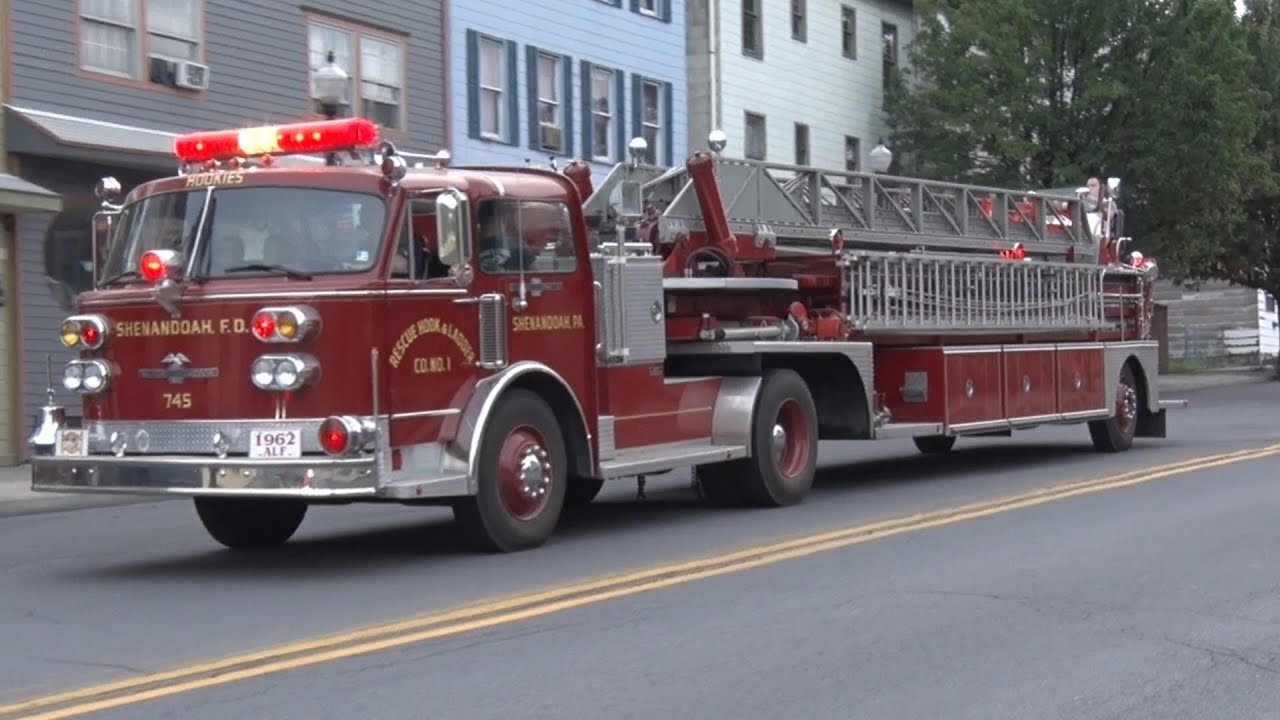

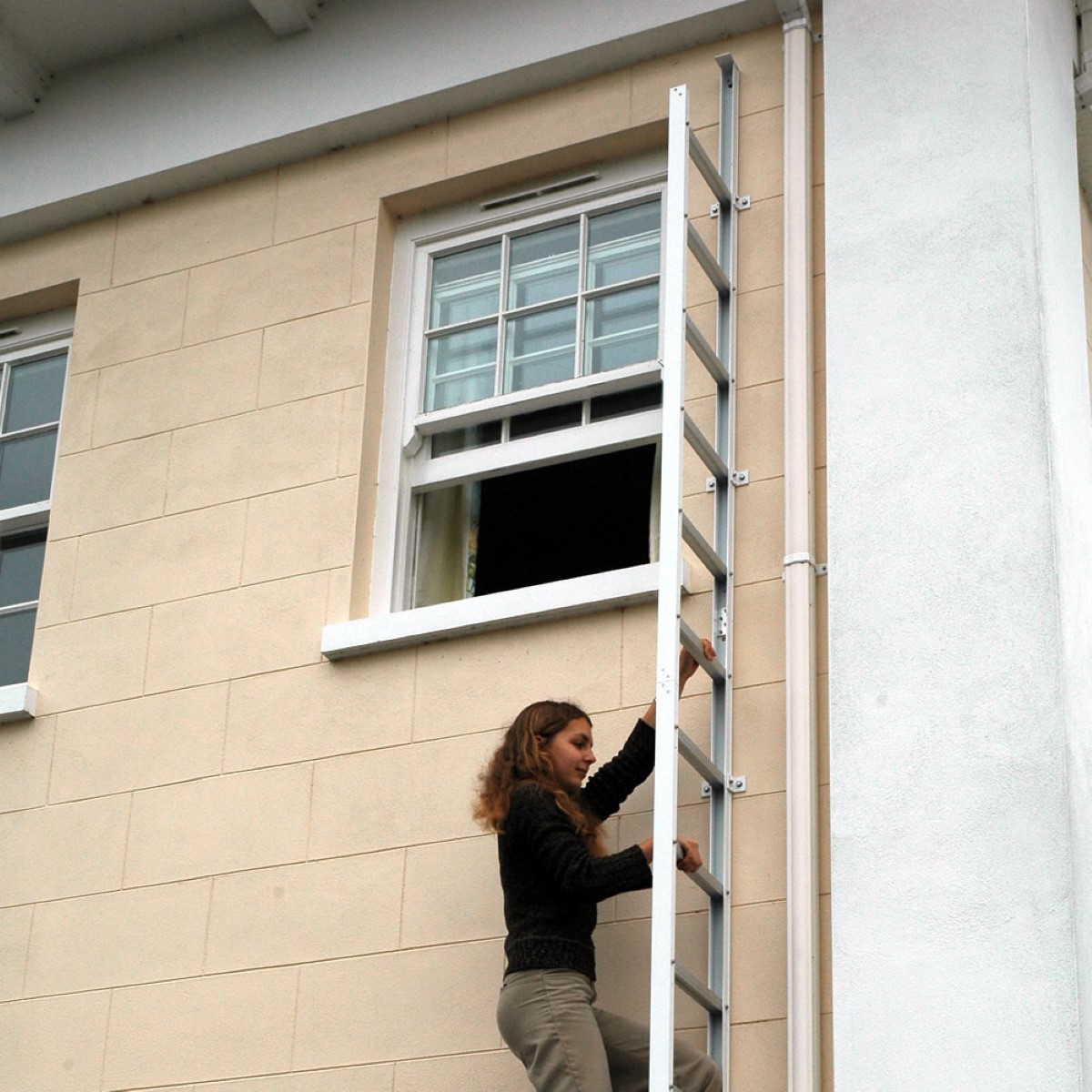
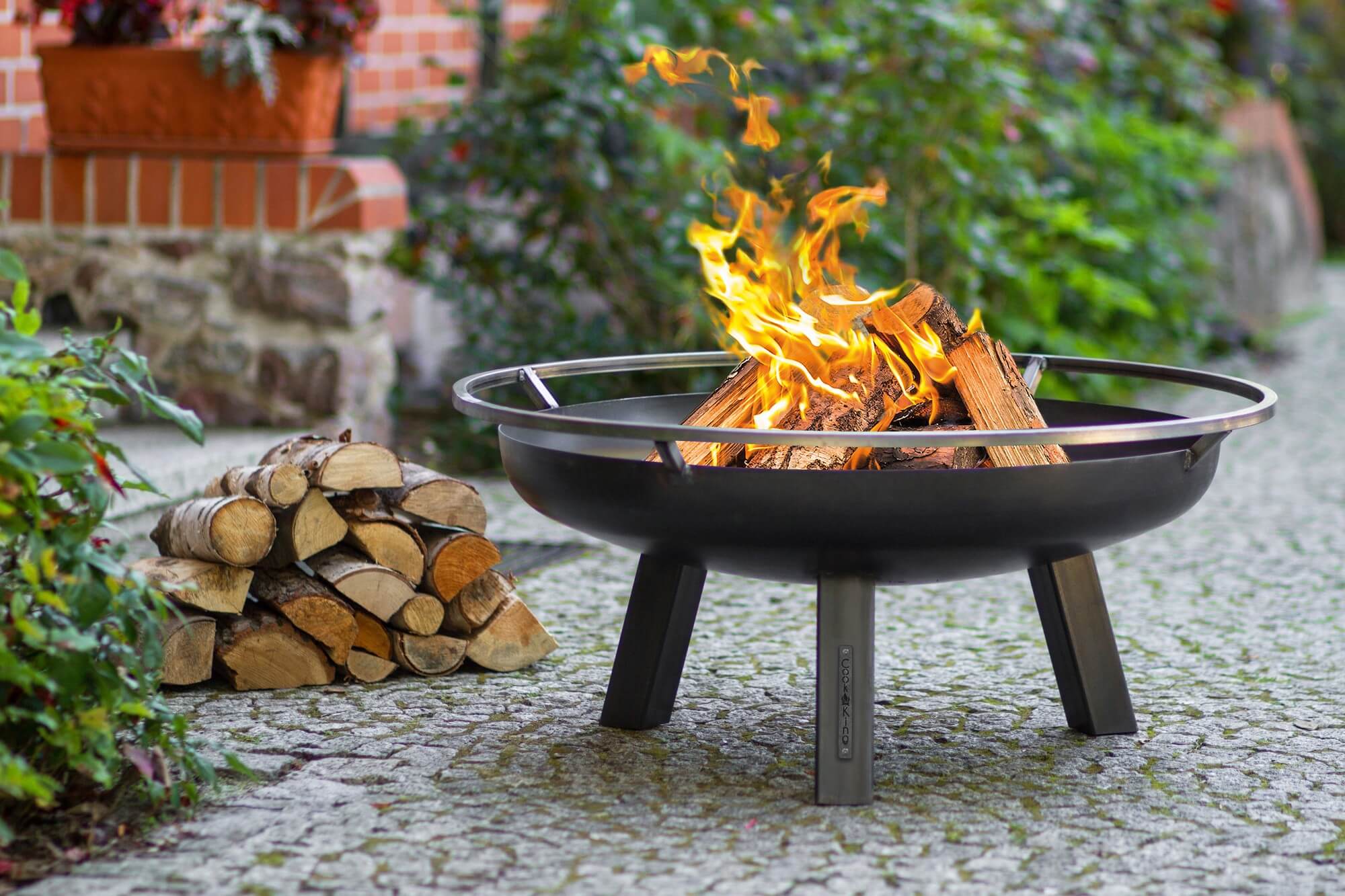



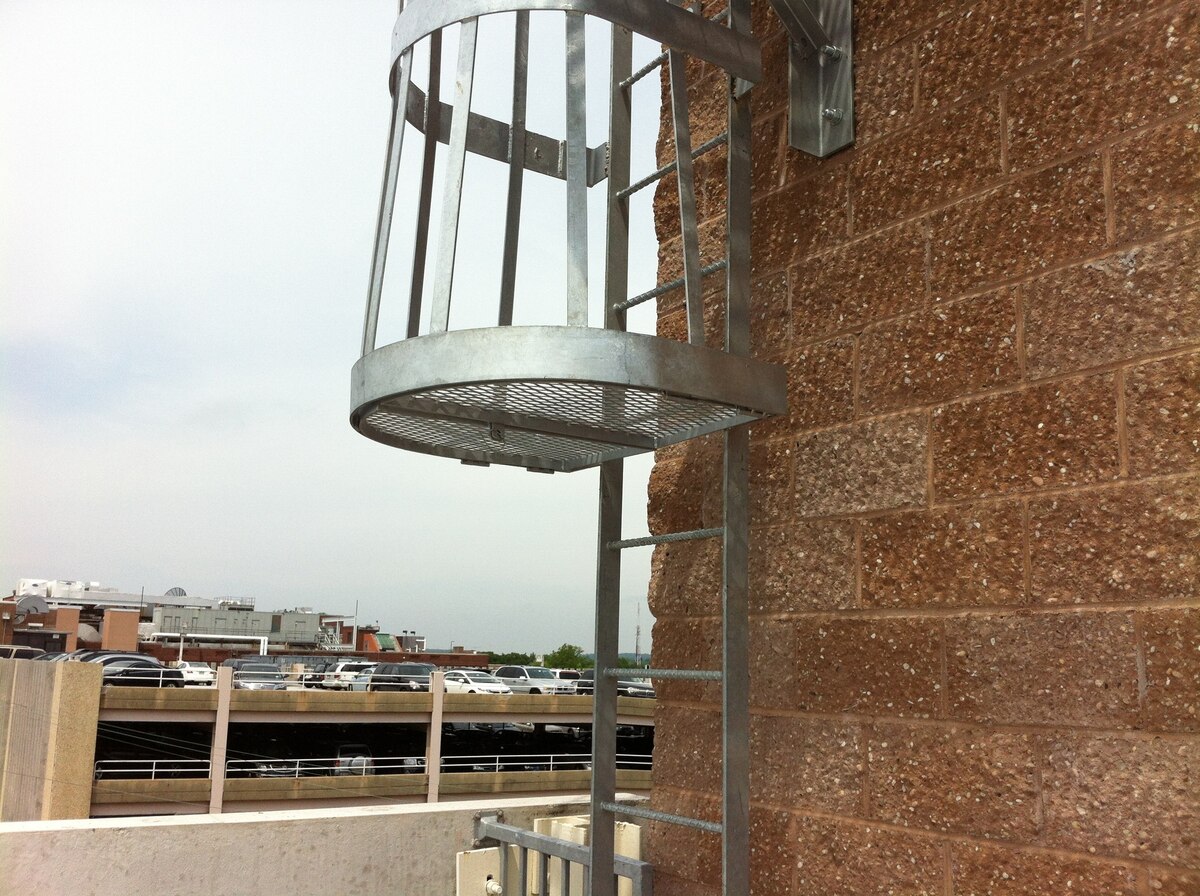
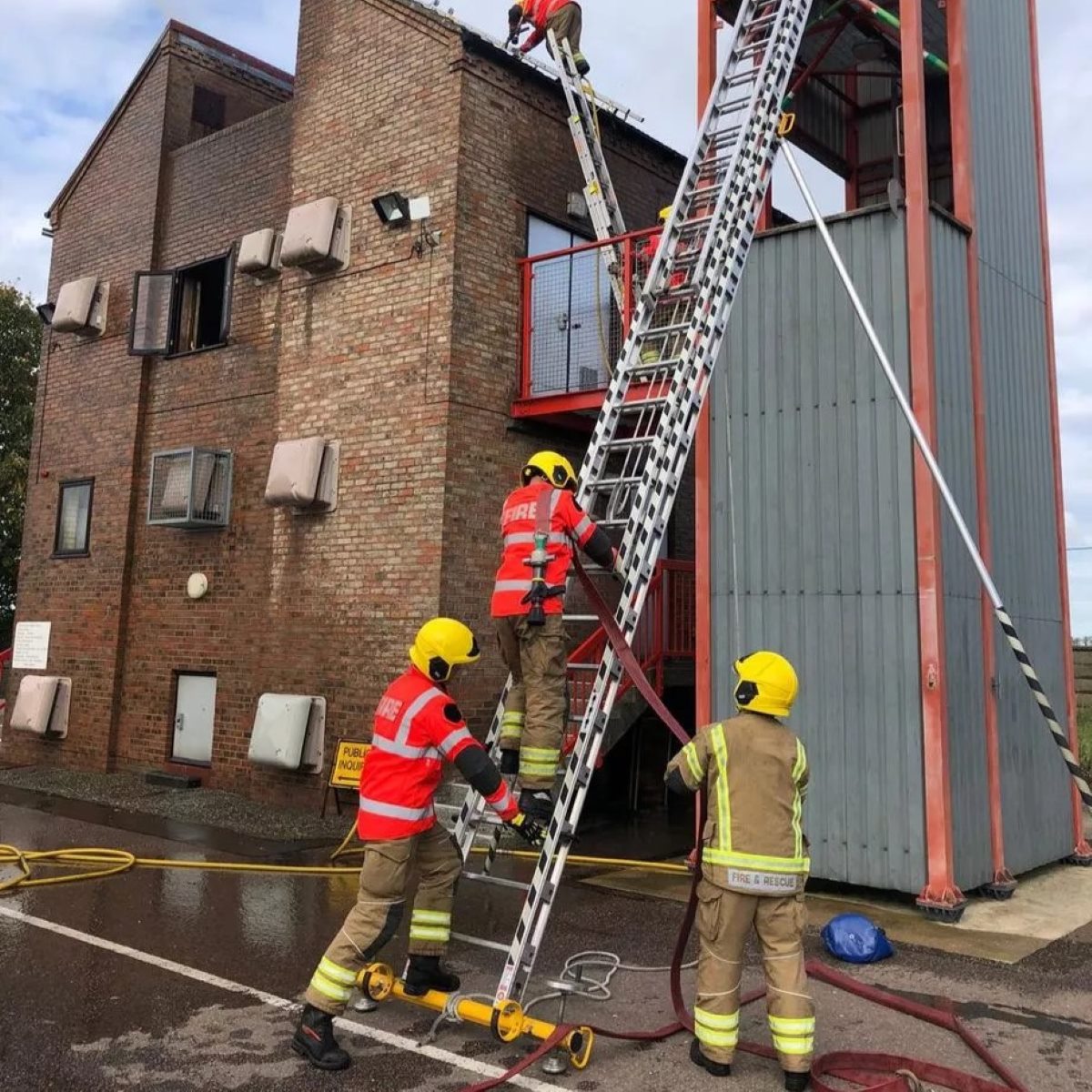

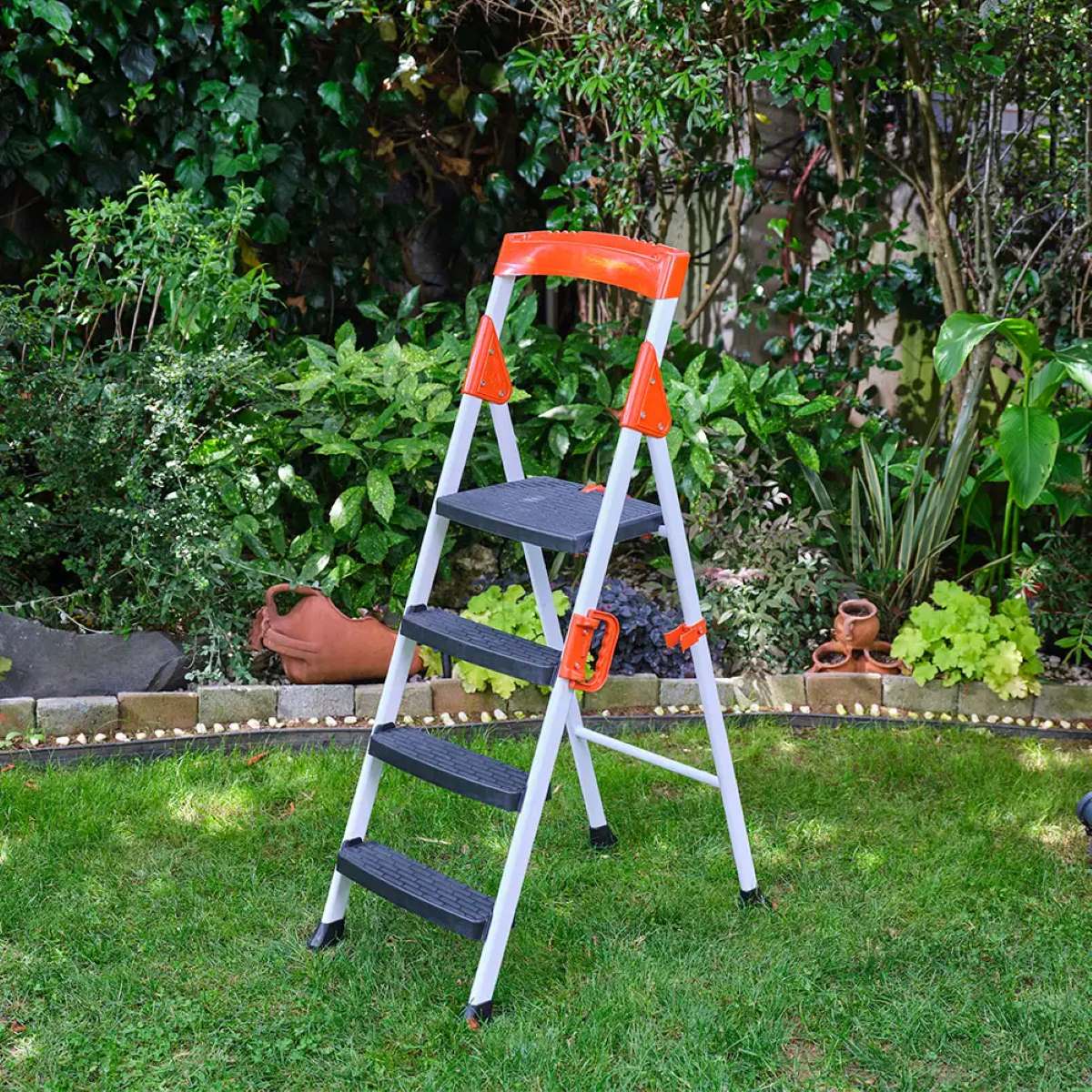

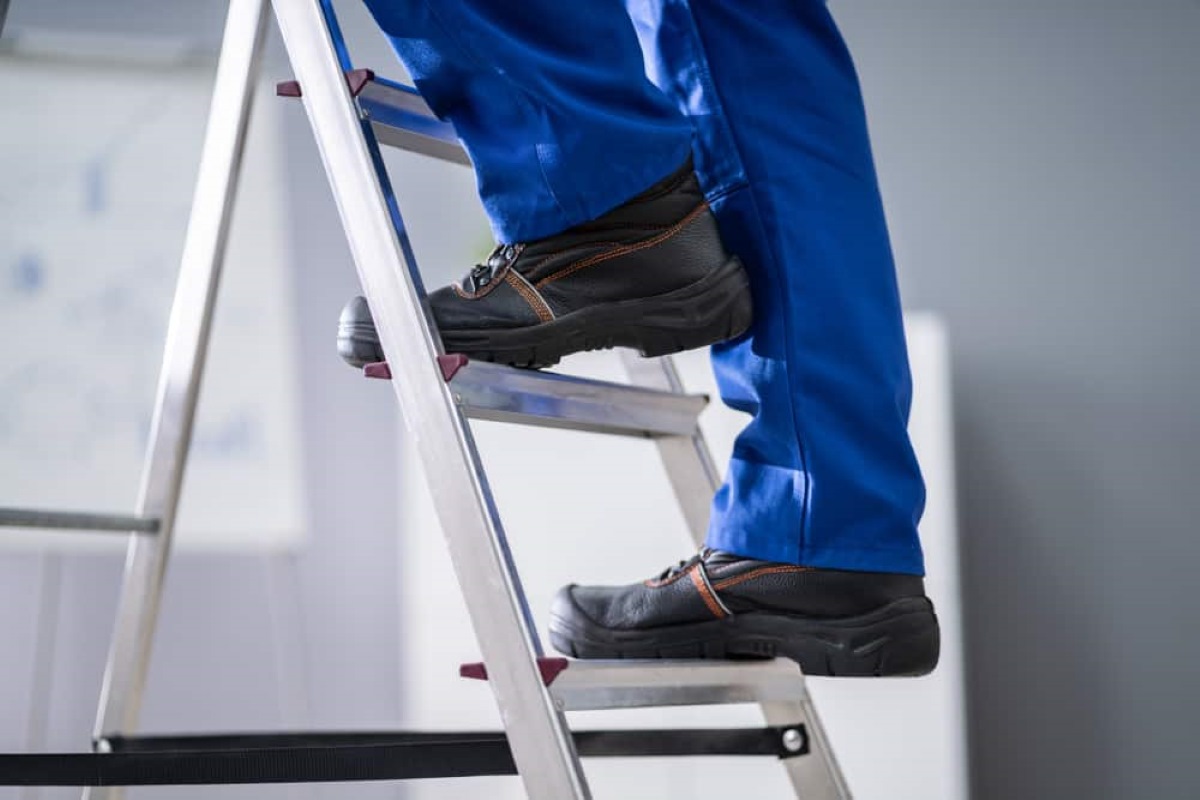


0 thoughts on “How High Can A Fire Truck Ladder Reach”